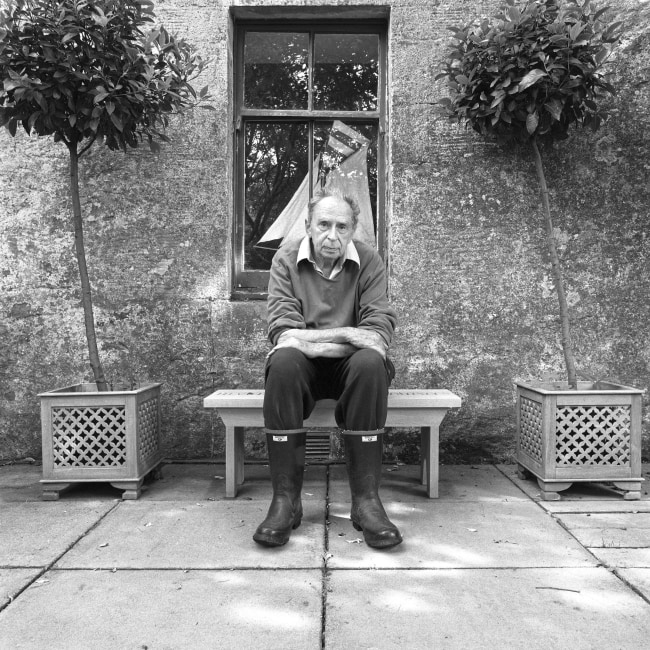An exhibition of new paintings and works on paper, coinciding with the publication by Rizzoli, New York of HERNAN BAS: a lavish monograph that is the most comprehensive publication devoted to the artist's career to date. With over 200 colour plates and with texts by Christian Rattemeyer, Jonathan Griffin, and an interview with Nancy Spector.
For his fourth show with the gallery, Bas extends his long interest in and exploration of the decorative arts, in particular rethinking and examining unique interiors. In past paintings he has taken inspiration from design classics such as J.M. Whistler's renowned 19th century Peacock Room. For this new body of work Bas fast-forwards to the 1980s, the decade of the artist's youth. Memphis Living is an homage to the designs of the short-lived Memphis Group founded in Milan by architect and designer Ettore Sottsass, designs Bas first encountered predominantly through their pop cultural references and simulations, and which he only later came to know as an aesthetic movement. Memphis styles became firmly rooted in Bas' pre-teenage subconsciousness, attesting to the prevalence of the "Memphis look" on the big and small screen in films like Tim Burton's Beetlejuice or kids' TV show Pee-wee's Playhouse.
The strategy of the post-modern Memphis studio was to challenge and subvert Modernist conventions of good taste, with a visual language dominated by flamboyant pattern, bold colour, graphic sculptural form and, frequently, humour. It is not only the aesthetics of the movement that has drawn Bas to revisit this energetic period, but also the idea of the artificial versus the real, the notion of the false being more authentic than the actuality (concepts which Bas links to another early influence, Joris-Karl Huysmans' Against Nature). Memphis style prioritises form over function and, for Bas, the Group's work comes as close to sculpture as any design movement in recent times.
The paintings and works on paper in Memphis Living borrow from this sculptural aesthetic. The artist has said of this new series that, as with a previous body of work in which he articulated a fascination with Futurism, he is "exploring new ways of interpreting a definitive and somewhat overlooked period in cultural history, developing works centred around the kinds of characters who populate my practice, imagining who is the boy/man who would make this sort of space his own, what his home might look like... and what sort of psychosis would lead to this?" Bas expands this idea further, saying "In my opinion, living 'Memphis' means more than a love of bright colours, pattern and uncomfortable seating. It was an impassioned moment, a daring, bold-formed and wildly influential movement that is just catching our rear-view attention again".





















